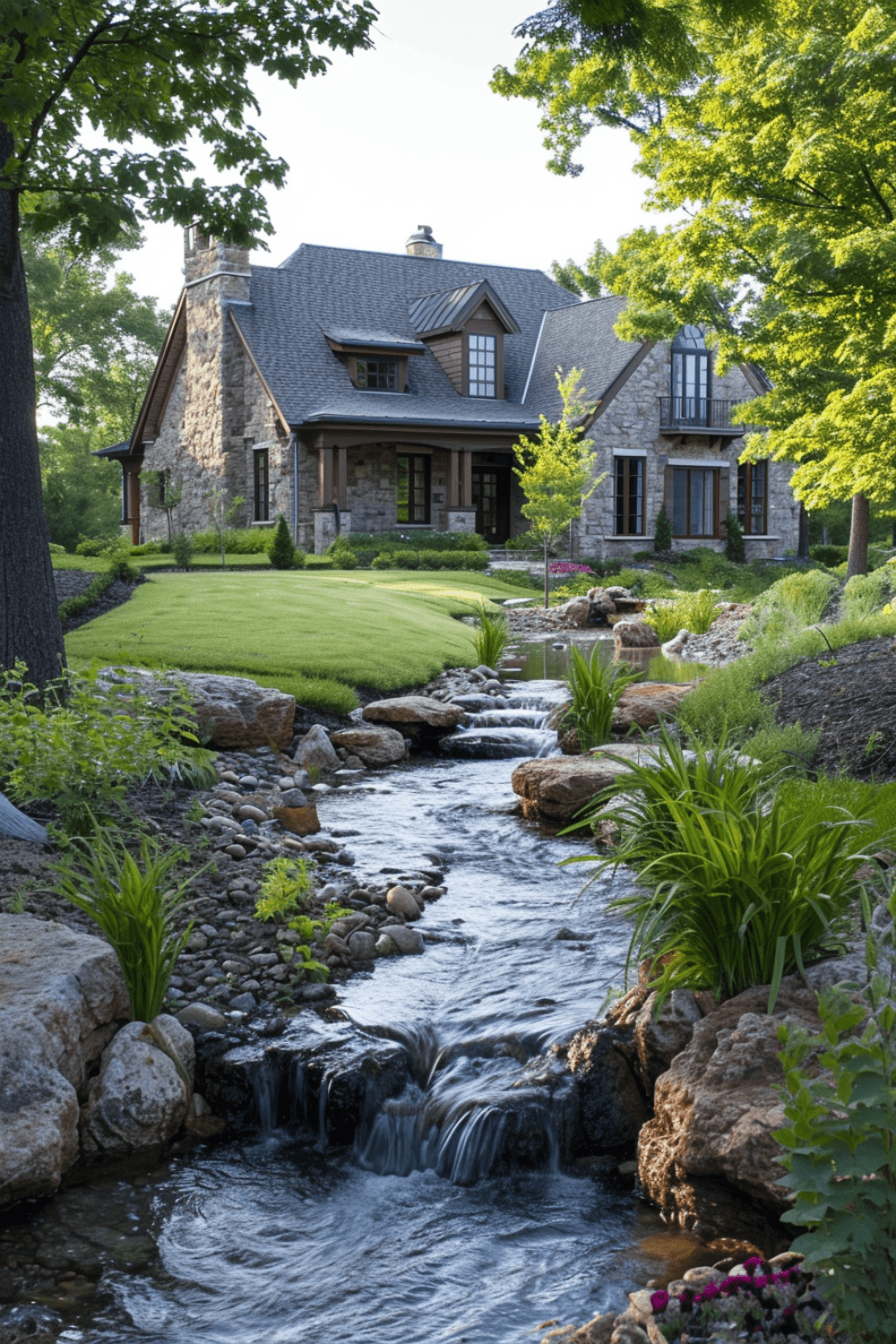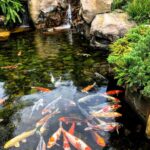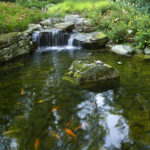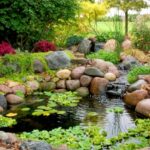Ponds are a popular feature in many landscapes, adding beauty and tranquility to outdoor spaces. Whether you are looking to create a small, ornamental pond or a larger, more functional water feature, careful planning and design are essential for a successful project.
When designing a pond, one of the first considerations is the location. Choose a spot that receives at least six hours of sunlight each day to support aquatic plant growth. Avoid placing the pond under trees, as falling leaves can clog the filter and create maintenance issues. Additionally, consider the proximity to utilities such as water and electricity to ensure easy access for maintenance and potential lighting or fountain installations.
The shape and size of the pond will depend on the available space and personal preferences. Oval or kidney-shaped ponds are popular choices for a natural look, while rectangular or square ponds are more geometric and formal. When determining the size, consider the surrounding landscape and how the pond will fit into the overall design. A larger pond may require more maintenance and resources, so choose a size that suits your needs and capabilities.
Incorporating waterfalls, fountains, or bubblers can add movement and sound to the pond, creating a more dynamic and visually appealing feature. Waterfalls are especially popular for creating a relaxing atmosphere and attracting wildlife such as birds and butterflies. Carefully consider the scale and placement of these elements to ensure they complement the overall design and flow of the water.
A well-designed pond should include a variety of aquatic plants to provide visual interest, improve water quality, and provide habitat for wildlife. Consider a mix of floating, submerged, and emergent plants to create a balanced and natural ecosystem. Be sure to research the specific needs of each plant and arrange them accordingly to ensure proper growth and maintenance.
Lastly, don’t forget about the practical aspects of pond design. Proper filtration, circulation, and aeration are essential for maintaining a healthy and sustainable pond environment. Consider investing in a quality filtration system, UV sterilizer, and aeration pump to keep the water clear and oxygenated. Regular maintenance, such as cleaning debris and monitoring water quality, is also crucial for the long-term health of the pond. With careful planning and attention to detail, you can create a beautiful and functional pond that enhances your outdoor space for years to come.
















